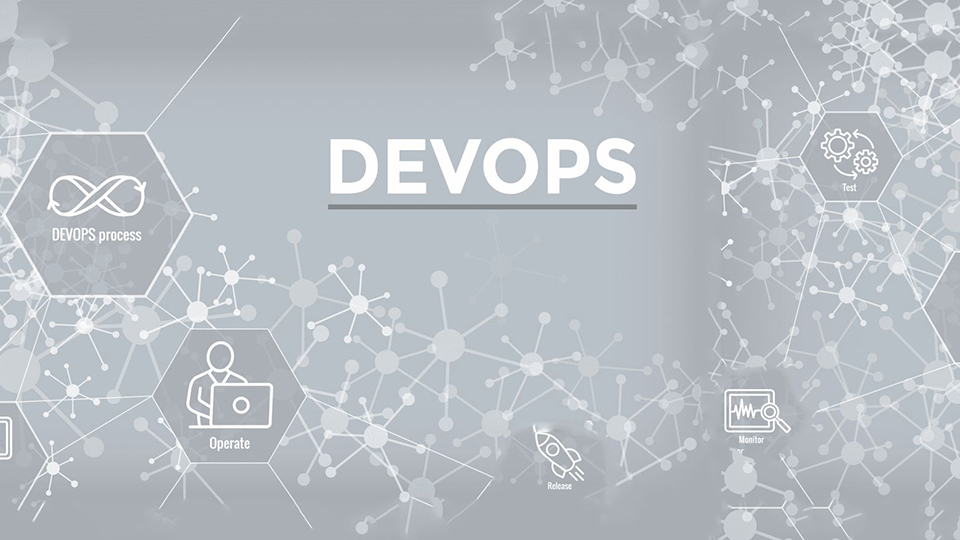DevOps vs. Waterfall Model – Key Differences
Read more about my own DevOps Conversion model here.
You hear the word “DevOps” thrown around quite a lot. It has become a buzzword which is unfortunate because the term holds significant meaning. The level of potential reduced risk coupled with developer and administrator empowerment is astounding. When a DevOps methodology has been properly implemented, egos are pushed aside, teammates learn from each other, and they create great products through measurable, clearly defined goals. DevOps nearly eliminates risk and a symbiosis occurs between the business and IT. You may feel I am waxing poetic (perhaps I am), but there is truth to this successful model.
DevOps Defined
The process of systematically breaking down the historically hindering wall that separates Ops, Dev, and business entities from their goals & each other. This is accomplished by utilizing automation, collaboration, Agile and/or Kanban methodologies, and aligning operation and development teams with the same goals on the same team
Key Differences Between the Waterfall Model and DevOps
| Metric | Waterfall/Separation | Agile/DevOps/Pipelines |
| Planning Scale | Long Term | Short Term |
| Disconnect between customer and developer | High | Low |
| Length of time between idea and implementation | Long | Short |
| Software Stability Risk | High | Low |
| Ability to respond to change quickly | Dreadfully slow | Quick |
| Project Scheduling Risk | High | Low |
| Long Term Planning Risk | High | Low |
| Developer satisfaction | Varies | Lots of wins, limited losses |
| DBA satisfaction | Extremely Stressed, tired | fulfilled, satisfied |
| Communication between Ops/Devs/Managers | Limited/Contentious/Contentious | One Team |
| Cost | High or even undefined | Lower, very well defined |
Easing into the Conversion
Adapting to a DevOps model isn’t always easy. But below are eight steps you can take to ease into the conversion in your own career:
1. Destroy your ego
Accept that change is necessary. Fully embrace the DevOps process and commit to the ideals and the work necessary to be successful in the DevOps culture. Be willing to give up your earlier fears and be humble.
2. Training
Get formal training in the DevOps culture and process. Become familiar with both Agile and Kanban Methodologies. The Linux academy is a great place to start.
3. Lead by example
Begin to implement your own DevOps practices slowly by integrating appropriate tools and rituals into your own weekly planning process, even if this doubles your planning work. Look for the little wins in this process that begin to prove the success. Market those wins by demoing at lunch and learns. The more you get the word out the easier the shift will become for others to join you on the journey.
4. Start Building Automation (on your own time if you must)
Build a working pipeline that incorporates automation of a manual process that will be a huge time saver for the team. You may have some Late nights, but the power that comes with this is unmatched. Prove why it works, demonstrate why it is the only way. This is the quickest way to convince someone that automation holds value
5. Build a coalition
Seek out likeminded people within your organization (in both dev and operations teams) who will help you support and implement DevOps.
6. Seek out Sponsorship
If possible, engage managers or other respected authority figures in your organization who will support a cultural shift. Hold meetings and be open about it. (Yes, be that person). Get people on the same page and provide data to show the efficiency.
7. Put it all on the line
Go against the grain. Unfortunately, there may be times you need to put your reputation on the line and push harder than you feel comfortable to promote the cultural shift. Amazing progress only comes through perseverance.
8. Faith
Along this journey have faith that a great prize is waiting for you and your team at the end of the initial conversion. The end result will be a more stable product, better relationships between coworkers (across all teams), and more job satisfaction. You will sleep better knowing this process in place.
Change is Hard
The change curve is real and can be a horrible hump to overcome, but when you see the first signs of efficiency, it fuels you for the next obstacle. DevOps requires faith in the journey as the rewards only come after some pain is felt. As with all things taken on faith you can’t see the benefit until you can reap the rewards of your hard work.
Connect with Fortified Data on Facebook to stay updated with new innovations and services as well as access to the unique knowledge base of Team Fortified.



Leave a Reply
Want to join the discussion?Feel free to contribute!